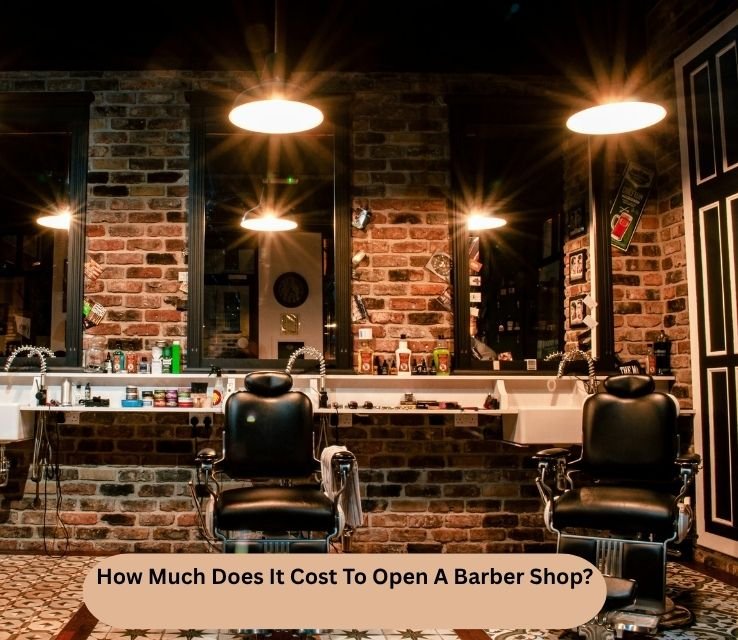How Much Does It Cost To Open A Barber Shop? (Revealed )
When considering How Much Does It Cost To Open A Barber Shop? , one must look beyond just the initial investment. The expenses can vary significantly based on location, size, and the services offered.
On average, aspiring barbershop owners might expect to invest anywhere from $50,000 to $200,000. This range typically encompasses startup costs like leasing or purchasing property, renovations, equipment purchases, and initial inventory of hair products. Hidden costs such as licensing fees, insurance, and marketing should also be factored in to avoid financial pitfalls.
Understanding the ongoing operational expenses is crucial for sustainable success. Monthly costs can include rent, utilities, employee wages, and supplies, which may add an additional layer of complexity to your budgeting.
A savvy entrepreneur should also consider the potential return on investment through strategic marketing and client retention tactics. Engaging with the community and building a strong brand presence can significantly impact profitability over time.
Barber Shop Investment
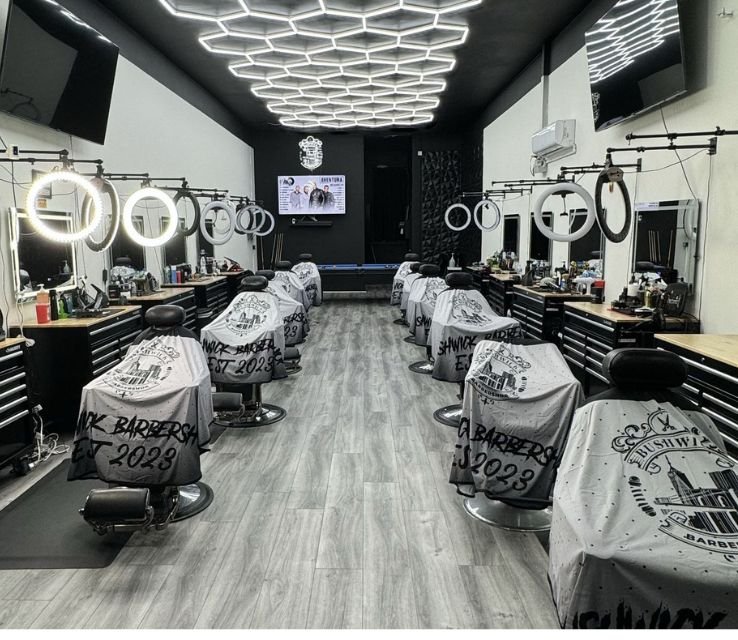
Investing in a barber shop can be both an exciting and lucrative venture, especially as the grooming industry continues to thrive. When considering how much does it cost to open a barber shop, it’s essential to look beyond just the initial startup expenses.
While equipment and lease agreements are significant factors, understanding the local market dynamics, target demographics, and potential competition can greatly influence your overall investment strategy.
A well-researched location can significantly enhance your return on investment, as foot traffic and community engagement play pivotal roles in attracting clients.
Think about the long-term value you can create through exceptional customer experiences. Investing in skilled barbers and offering unique services like grooming consultations or specialized treatments can set your shop apart from competitors.
Consider the potential of incorporating modern technology, such as online booking systems or loyalty apps, which can streamline operations and foster customer loyalty.
While the initial costs may seem daunting, focusing on building a strong brand and community connection will pave the way for sustainable success in the barbering industry. When considering a barber shop investment, it’s essential to delve beyond the mere startup costs.
While initial expenses can range from $30,000 to $200,000, the true value of your investment lies in strategic decision-making. Location plays a pivotal role; a bustling urban area may demand a higher lease but offers greater foot traffic and visibility.
A Breakdown of The Average Costs For Starting A Barber Shop Business
When considering a barber shop investment, it’s crucial to break down the various costs involved to ensure you’re adequately prepared. One of the most significant initial expenses is the lease security deposit, which can range from $6,000 to $20,000, depending on location and property type.
This upfront commitment often sets the tone for your budget, particularly as you dive into construction and renovations that can cost between $8,000 and $30,000. Creating an inviting atmosphere is key to attracting clients, making every penny spent on remodeling worth it.
Equipping your barber shop with the right furniture and tools further adds to the initial investment. Expect to spend anywhere from $3,000 to $10,000 on furniture alone, not to mention an additional $1,000 to $2,000 for essential barber tools and supplies.
Don’t overlook the importance of a solid online presence; setting up a professional website can range from $1,500 to $5,000, while signage can cost another $1,000 to $5,000. With marketing expenses estimated at around $5,000, it becomes evident that a well-rounded approach is essential for success.
Factors that Influence How Much Does It Cost To Open A Barber Shop?
- Location
- Type of Barber Shops
- Leasing Space
- Licenses, Permits and Insurance
- Remodeling, Furniture and Equipment Costs
- Barber Tools and Supplies
- Advertising, Branding and Marketing
- Payroll Costs
- Professional Services
- Franchise Costs
Location
The location of your barber shop plays a crucial role in determining its initial costs and long-term success. High-traffic areas, such as city centers or popular neighborhoods, often come with higher rent but provide greater visibility and customer flow.
A less desirable location may lower your startup costs but can also limit your clientele. Analyzing local demographics and competition can help you find a balance between affordability and potential profitability.
Type of Barber Shops

The type of barber shop you choose to open significantly impacts startup costs. A traditional barbershop focusing on classic cuts may require fewer resources than a modern, upscale salon offering a full range of grooming services, including skincare and hair coloring.
Specialty shops that cater to niche markets, like barbershops for children or luxury experiences, can also incur varying expenses. Understanding your target audience will guide you in selecting the right model that aligns with your budget and vision.
Leasing Space
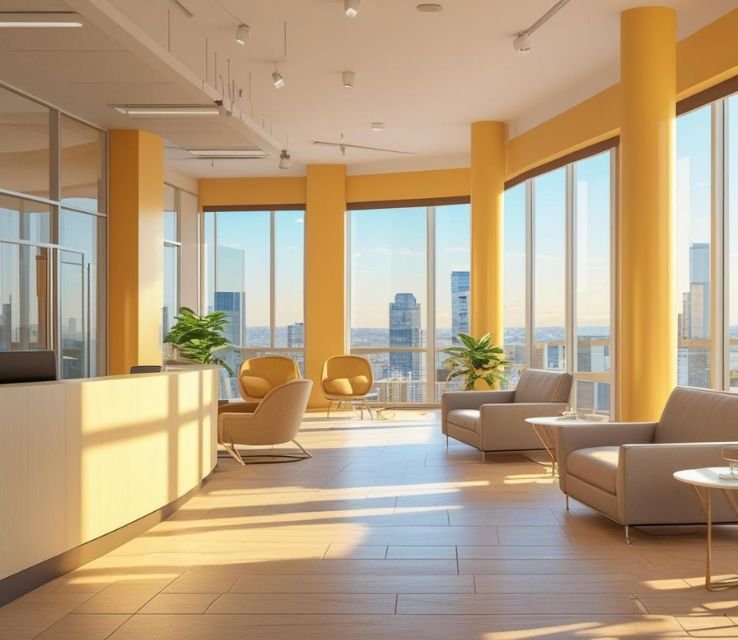
Leasing space is one of the more significant financial commitments when starting a barber shop. Depending on the lease terms, you may face upfront costs such as security deposits and renovations to create an inviting atmosphere.
It’s essential to negotiate favorable lease terms that align with your business plan and projected revenue. Consider the length of the lease; a longer commitment might offer lower monthly payments but could pose risks if the business doesn’t perform as expected.
Licenses, Permits and Insurance
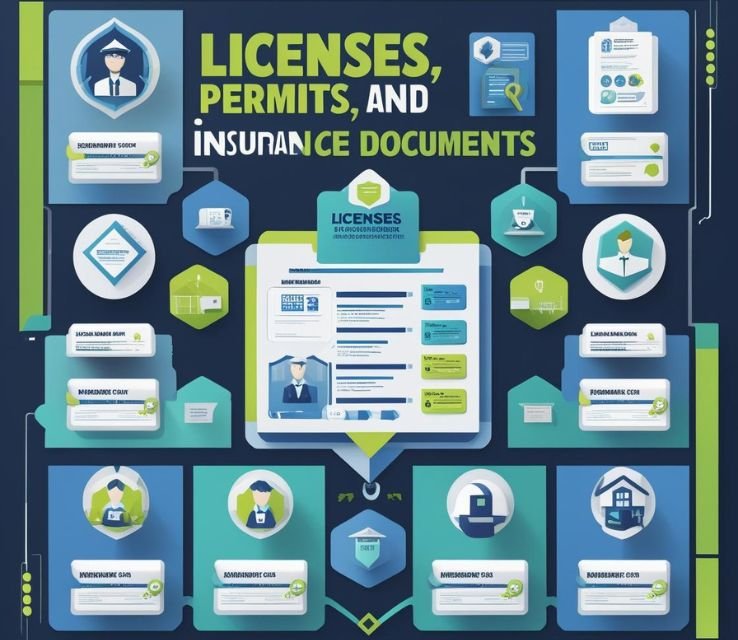
Navigating the legal landscape is another critical factor that influences the cost of starting a barber shop. Obtaining the necessary licenses and permits varies by location and can involve various fees and waiting periods.
Investing in comprehensive insurance protects you against liabilities that could arise from accidents or mishaps in the shop. While these expenses may seem daunting, they are essential for building a reputable and legally compliant business that fosters customer trust.
Remodeling, Furniture and Equipment Costs
The physical space of a barber shop is vital to its success, influencing both customer experience and operational efficiency. Remodeling costs can vary widely based on the location and condition of the premises, with older buildings often requiring significant upgrades to meet health and safety standards.
Investing in high-quality furniture, such as comfortable barber chairs and stylish waiting area seating, not only enhances the aesthetic appeal but also increases customer satisfaction. Equipment like wash basins, mirrors, and workstations must be durable yet functional, driving up initial costs but ultimately supporting a professional atmosphere that attracts clients.
Barber Tools and Supplies

The quality of barber tools and supplies significantly impacts the service level provided to customers. Essential items include clippers, scissors, combs, and styling products, all of which can range from affordable to high-end options.
Investing in premium tools can lead to better results and a more efficient workflow, allowing barbers to perform their best work. Keeping an inventory of supplies ensures that services are uninterrupted, as running out of essential products could harm customer satisfaction and revenue.
Understanding these dynamics is crucial for anyone assessing the factors that influence the cost of starting a barber shop.
Advertising, Branding and Marketing
In a competitive landscape, effective advertising and branding are paramount for attracting clientele. Initial marketing costs can include website development, social media campaigns, and local advertising efforts.
A strong brand identity not only helps in building customer loyalty but also differentiates your barber shop from others in the area. Engaging with potential customers through creative promotions or community events can further establish a presence in the local market. Allocating a budget for marketing is essential when evaluating the factors that influence the cost of starting a barber shop.
Payroll Costs
Payroll is often one of the largest ongoing expenses for a barber shop. The compensation structure can vary based on whether barbers are paid hourly or commission-based, impacting overall profitability. Providing benefits such as health insurance or retirement plans can enhance employee retention but also increase costs.
It’s important to strike a balance between competitive wages that attract talented barbers and maintaining a sustainable financial model. As labor costs fluctuate with market demand, understanding these payroll dynamics is critical when considering the factors that influence the cost of starting a barber shop.
Professional Services
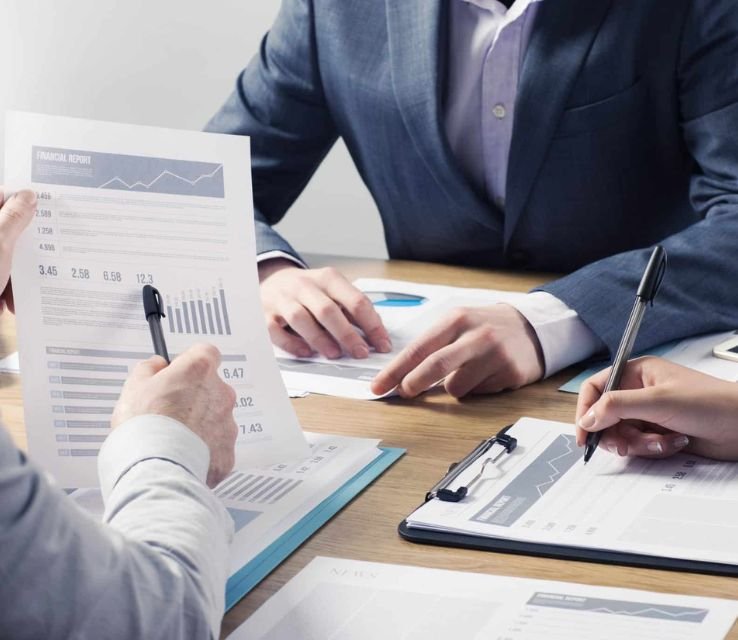
Engaging professional services such as accountants, legal advisors, and consultants can significantly impact startup costs. While these services may seem like an added expense, they often save money in the long run by ensuring compliance with regulations and optimizing financial management.
Proper legal guidance can help navigate zoning laws and licensing requirements, preventing costly setbacks down the road. Hiring a business consultant can provide insights into market trends and operational efficiency, making it a worthwhile investment for those serious about understanding the factors that influence the cost of starting a barber shop.
Franchise Costs
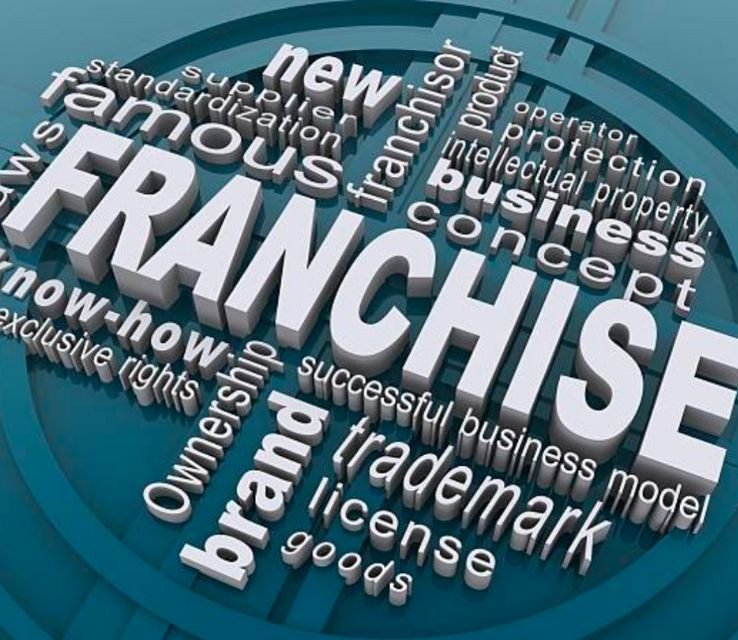
For those considering opening a franchise rather than an independent barber shop, understanding franchise costs is crucial. These costs often include initial franchise fees, ongoing royalties, and contributions to national marketing funds.
While franchising provides brand recognition and established operational systems, it also requires adherence to strict guidelines that can limit creative freedom.
Evaluating whether the benefits of joining a franchise outweigh these costs is essential for prospective owners. This decision profoundly affects the overall financial landscape when analyzing the factors that influence the cost of starting a barber shop.
Tips on Opening A Profitable Barber Shop
Start with Limited Chairs and Workstations
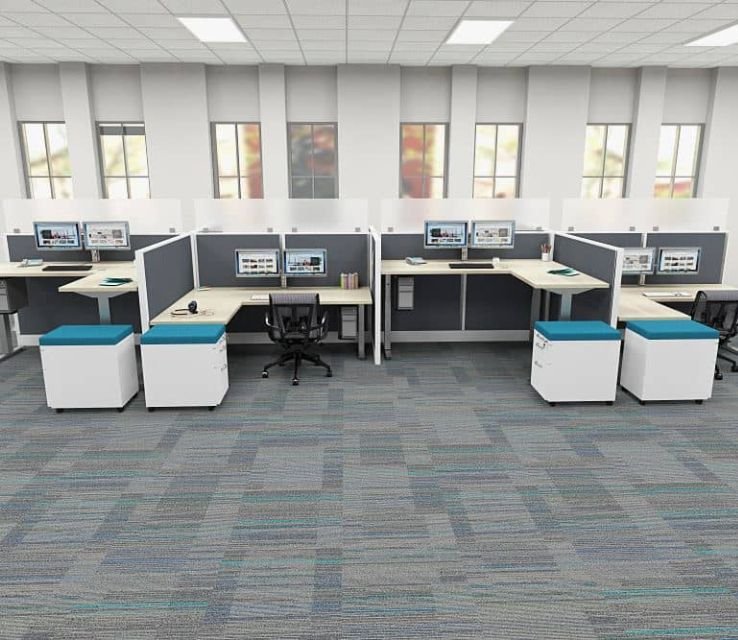
When opening a barber shop, it’s wise to start small. Fewer chairs and workstations allow you to focus on quality over quantity, ensuring that each client receives personalized attention. This strategy not only minimizes initial overhead costs but also creates a more intimate atmosphere that can enhance customer loyalty.
As your reputation grows, you can gradually expand your space and services, aligning with demand rather than overextending yourself from the outset.
Choose An Affordable Location
Selecting the right location is crucial for success in the barbering business. Look for areas with high foot traffic but reasonable rent prices, as this can significantly impact your profitability. Consider neighborhoods that are underserved by existing barbershops, as this presents an opportunity to capture a loyal customer base.
Conduct thorough market research to gauge the demographics of potential clients and align your services with their needs, ensuring you’re meeting the local demand effectively.
Minimize Renovation Costs
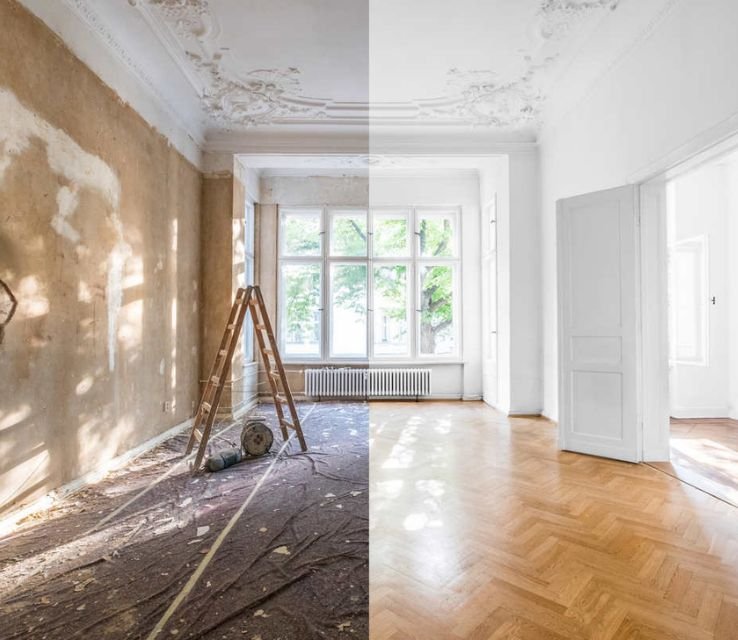
Renovating a space can drain your resources quickly, so it’s essential to keep costs in check. Focus on cosmetic updates that enhance the shop’s appeal without breaking the bank; fresh paint, good lighting, and strategic decor can transform a space at minimal expense.
Consider DIY projects for minor renovations to cut costs further. A well-maintained, inviting atmosphere doesn’t have to be expensive, and being resourceful in your approach can leave you with more capital to invest in marketing and quality products.
Build A Loyal Client Base Before Opening
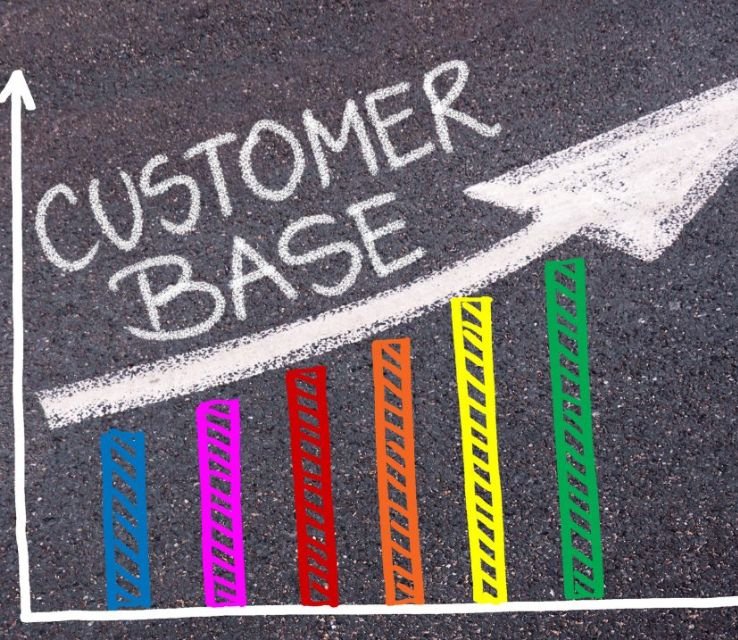
Creating buzz before your official opening can set the stage for long-term success. Engage with potential customers through social media or community events, offering free consultations or trial haircuts.
This not only introduces your brand but also fosters relationships that will encourage repeat business once you open your doors. By building a loyal clientele beforehand, you establish a solid foundation that contributes to immediate cash flow and positive word-of-mouth advertising.
Rent Out Chairs
Consider renting out chairs to independent barbers as a way to diversify your income stream. This model allows you to generate revenue without the burden of hiring full-time staff while giving experienced barbers the freedom to build their own clientele.
This collaborative environment can foster a community spirit within your shop, attracting more customers who enjoy the vibrant atmosphere. Sharing the space can lead to shared marketing efforts, benefiting all parties involved.
Create An Online Presence
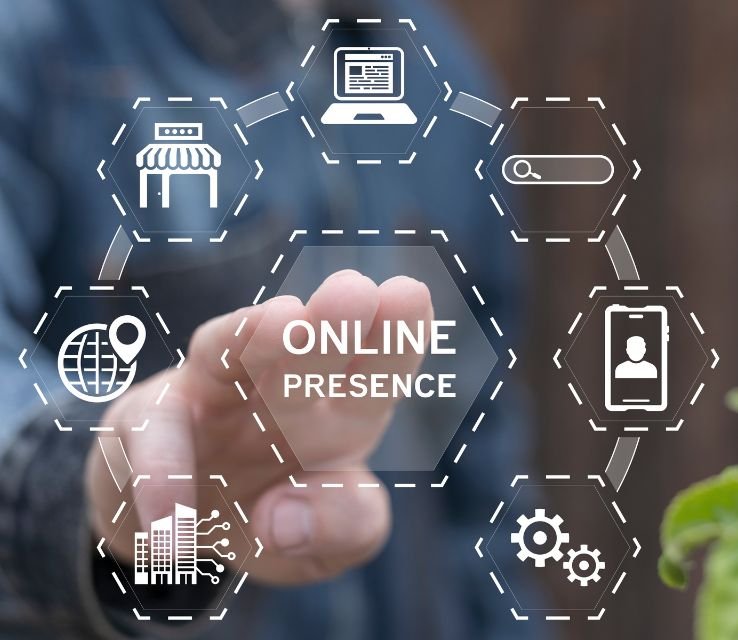
In today’s digital age, an online presence is essential for any new barber shop. Utilize social media platforms to showcase your work through before-and-after photos, client testimonials, and promotions.
Building a user-friendly website where customers can book appointments online can streamline operations and enhance customer experience.
Regularly engage with your audience through posts and stories, offering grooming tips or style inspiration to keep them connected to your brand, ultimately driving foot traffic and increasing sales.
Conclusion
Opening a barber shop involves a range of costs that can vary significantly based on location, size, and the services offered. From initial investments in equipment and supplies to ongoing expenses like rent and utilities, aspiring barbers must carefully consider their financial planning.
Factors such as marketing and staff salaries can further impact the overall budget. It’s essential to conduct thorough research and possibly consult with industry experts to gain a clearer picture of the financial landscape. If you’re ready to take the plunge into the world of barbering, start crunching those numbers and make your dream a reality!

